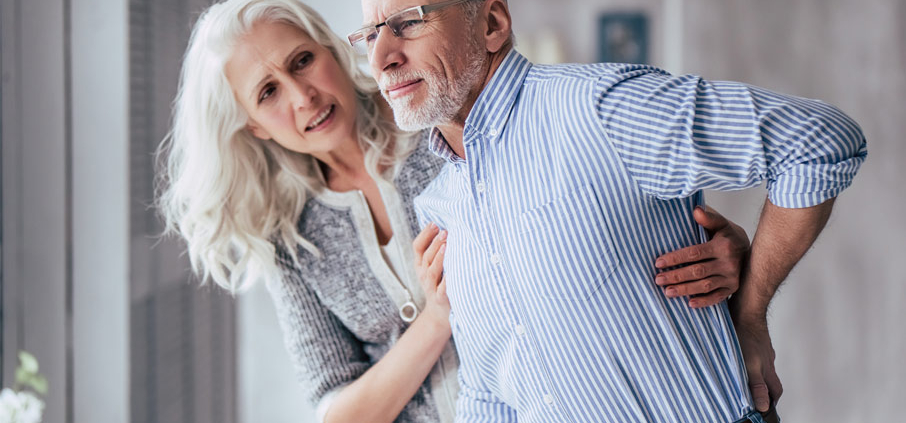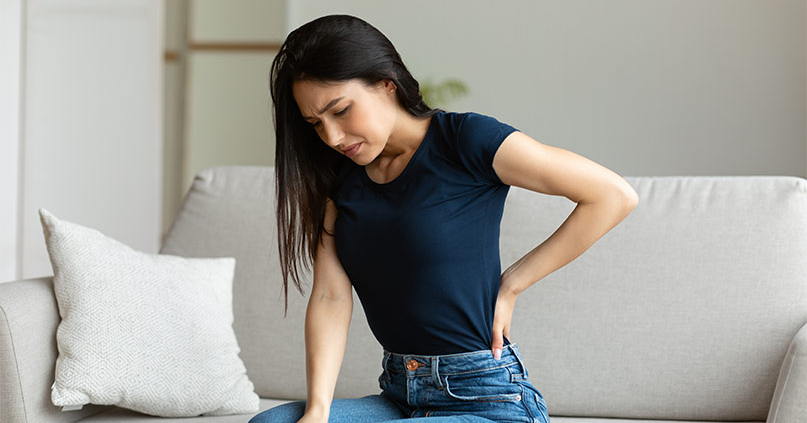Cold Laser Therapy: Here’s A Treatment That Gets Rid of Pain Without Surgery or Meds.
Performing daily tasks like holding a computer mouse and bending down to tie your shoes have been painful lately.
As people age, their injuries and chronic pain tend to increase. The body’s natural healing processes start to slow down.
Aging bodies could use some help healing.
That’s what cold laser therapy, a non-invasive treatment, can provide.
1. What Is Cold Laser Therapy?
Cold laser therapy, also known as low-level laser therapy, is an FDA-approved treatment for many conditions.
A painless, non-surgical treatment, cold laser therapy uses specific wavelengths of light to stimulate and speed up the body’s natural healing process.
The laser is “cold” because the low-level light is not strong enough to heat tissue.
2. What Conditions Does it Treat?
Cold laser therapy can lessen or eliminate pain and inflammation and speed up healing in soft tissue.
Conditions it treats include:
- carpel tunnel syndrome
- bursitis
- tendonitis
- tennis elbow
- neck pain
- lower back pain
- ligament sprains
- muscle strains
- pain caused by muscle spasms
2. How does it work?
In any injury site, the body’s natural healing process involves making repairs and removing waste products.
It may help to imagine your body as a piece of property with buildings.
These buildings are destroyed in a storm, and construction workers are now removing the scrap material before rebuilding.
That’s what laser therapy does. It adds workers to the injury site to speed up the healing process.
It also helps increase blood flow, reduces scar tissue, decreases inflammation, and increases cellular growth.
3. What is a treatment session like?
Cold laser therapy is a painless and non-invasive outpatient treatment.
Patients feel the laser device touching their skin, and most patients report a slightly warm sensation. The treatment lasts around 5 to 10 minutes.
4. How long does it take to relieve pain?
Many patients report feeling some relief after the first session. Usually, 6 to 12 treatment sessions spread out over one month will solve most issues.
5. What Are the Overall Benefits?
Cold laser therapy can stimulate the healing process and improve the body’s response to pain. It’s a proven alternative to invasive treatments and pain medication.
Cold Laser Therapy in Dallas, Houston, and other Texas locations.
At Texas Pain Physicians, we can work with you to develop a non-invasive treatment plan that gets you feeling better without pain meds.
Cold laser therapy is one of our non-invasive, out-patient therapies for injuries and pain.
Give us a call at (972) 636-5727 or schedule an appointment online today!






